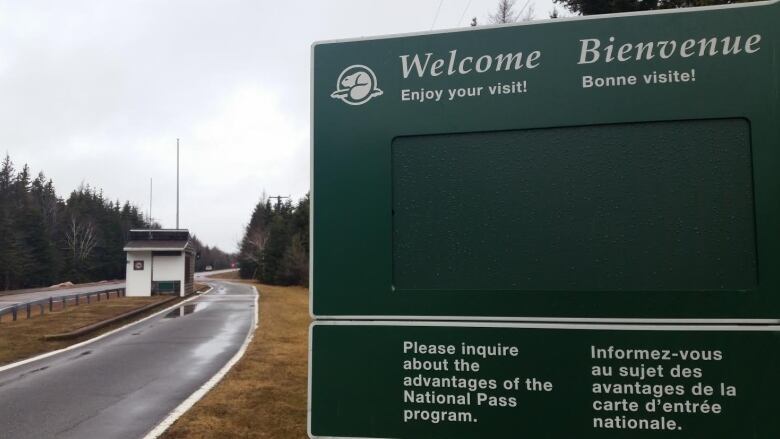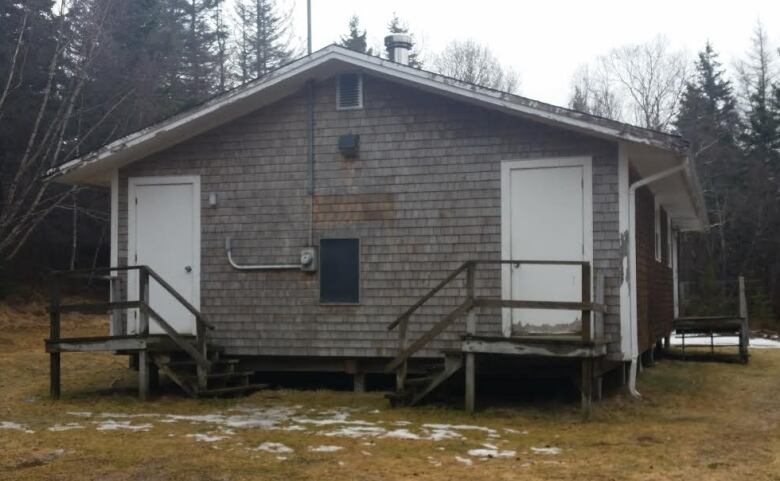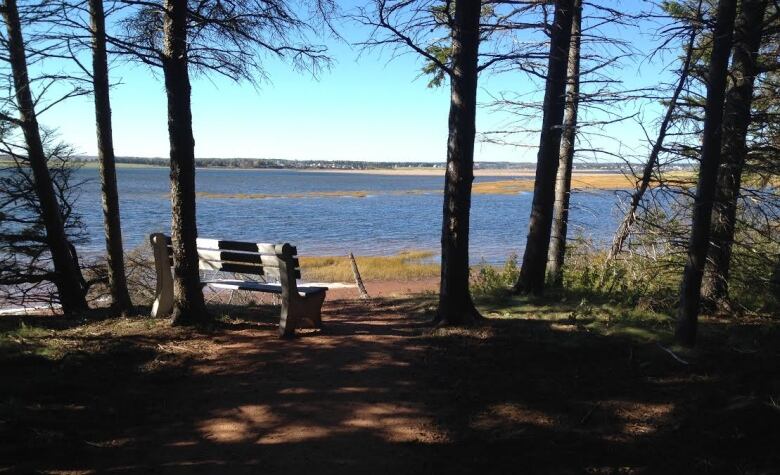P.E.I.'s national park facing big challenges, new report reveals
CBC Access to Information request reveals not paying to enter park is 'common practice'

P.E.I.'s National Park is facing a big to-do lista report, obtained by CBC through Access to Information, shows problems with visitors not paying entrance fees, aging buildings, and coastal erosion.
- Glamping takes off at P.E.I. National Park
- $24M for P.E.I. National Park upgrades announced
- Greenwich park visitors greeted by changes
The internal review, entitled Prince Edward Island National Park of Canada: State of the Park Assessment (2015) Draft for Discussion, was prepared last July by a field unit management team and looked at 29 areas of the park including wetlands, buildings and visitor satisfaction.
"Parks Canada is very, always concerned about preserving the natural and cultural resources and ensuring quality visitor experiences," said Parks Canada's external relations manager Barbara MacDonald on Wednesday.
"So we definitely take these issues very seriously."

The park, which takes in the coastal areas of Greenwich, Dalvay, Stanhope, Brackley and Cavendish, received "poor" ratings for itsforest ecosystem, declining species at risk, lack of cultural resources management, poor participation in learning opportunities, aging infrastructure, coastal erosion and ongoing inability to collect entrance fees.
Pay to play
Most visitors just don't like paying park entrance fees, the report notes. Some claim to be driving through to attend businesses, and accommodations providers sometimes share park passes with guests. Multiple gates and lack of enforcement also make collection difficult.
"We're working with the tourism industry, stakeholders to help us come up with solutionsto address some of these issues," said MacDonald.
"We hope that through continuing to improve our visitor facilities and meet the needs and expectations of visitors, that this problem will be addressed."
Although most of the park's buildings are reported to be in fair condition, the report reveals a number need to be decommissioned or fixed up for safety.
"We're looking at facilities that can be like aging washroom buildings or kitchen shelters that could be removed, and adding new features such as oTENTik, new playground equipment, creating new washroom facilities," said MacDonald.
The report also cautioned that about 9.3 hectares of the P.E.I. park's shoreline isswept away annually, and that erosion threatensseveral of the park's 17 archaeological sites.

"There's a natural rate of erosion and it may be being increased through sea level rise and climate change," said MacDonald, adding Parks Canada plans to work with other organizations to come up with solutions.
Not all negative
The report showed visitors enjoy the park, and say the beaches are the highlight.
Wetlands and sand dunes are also reported to be in good shape.
Parks Canada is now working on a 10 year management plan. This summer, the public will be able to see the plan and make comments.
With files from Krystalle Ramlakhan












_(720p).jpg)


 OFFICIAL HD MUSIC VIDEO.jpg)
.jpg)



























































































